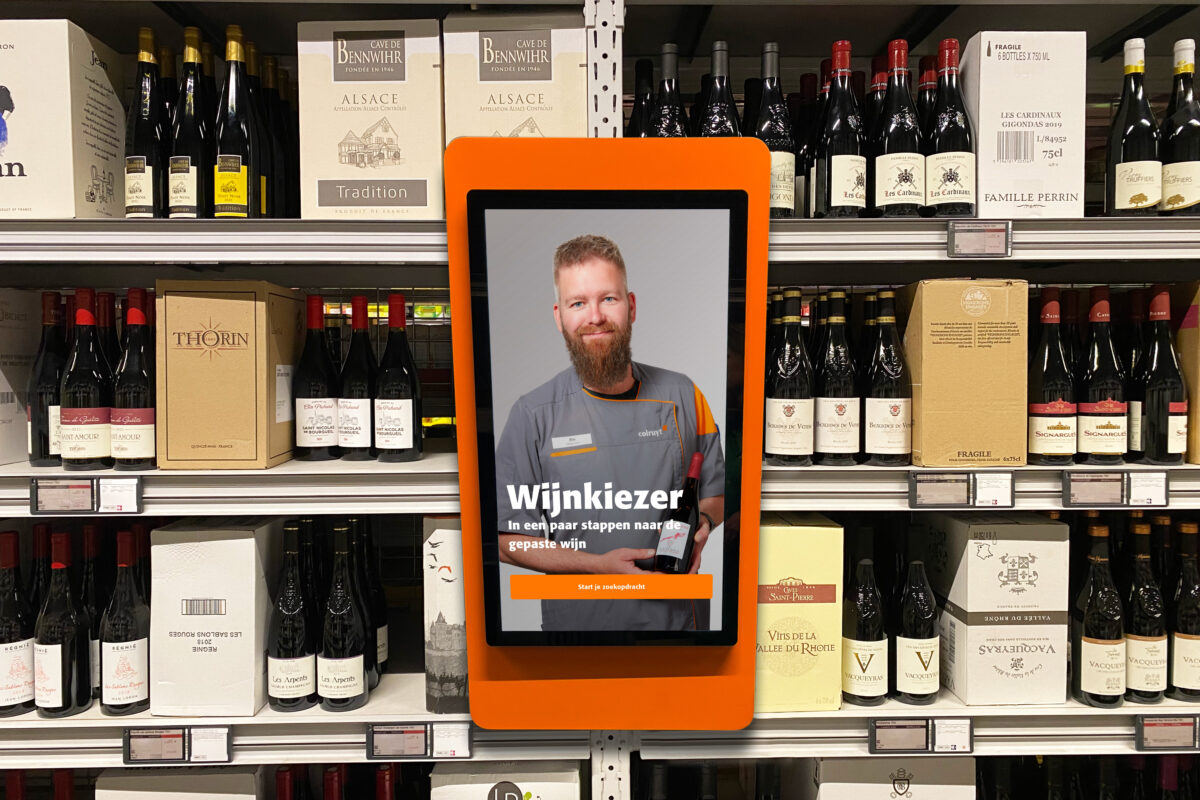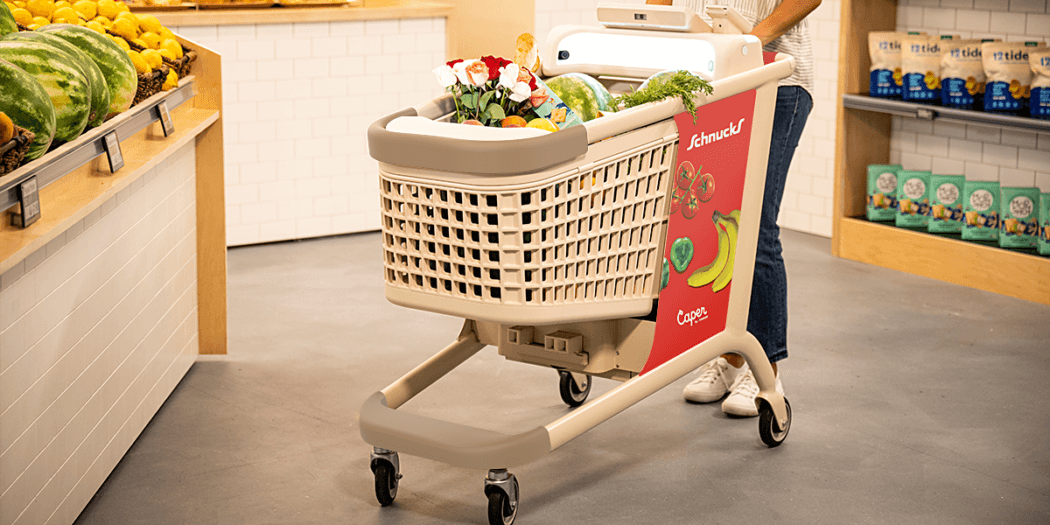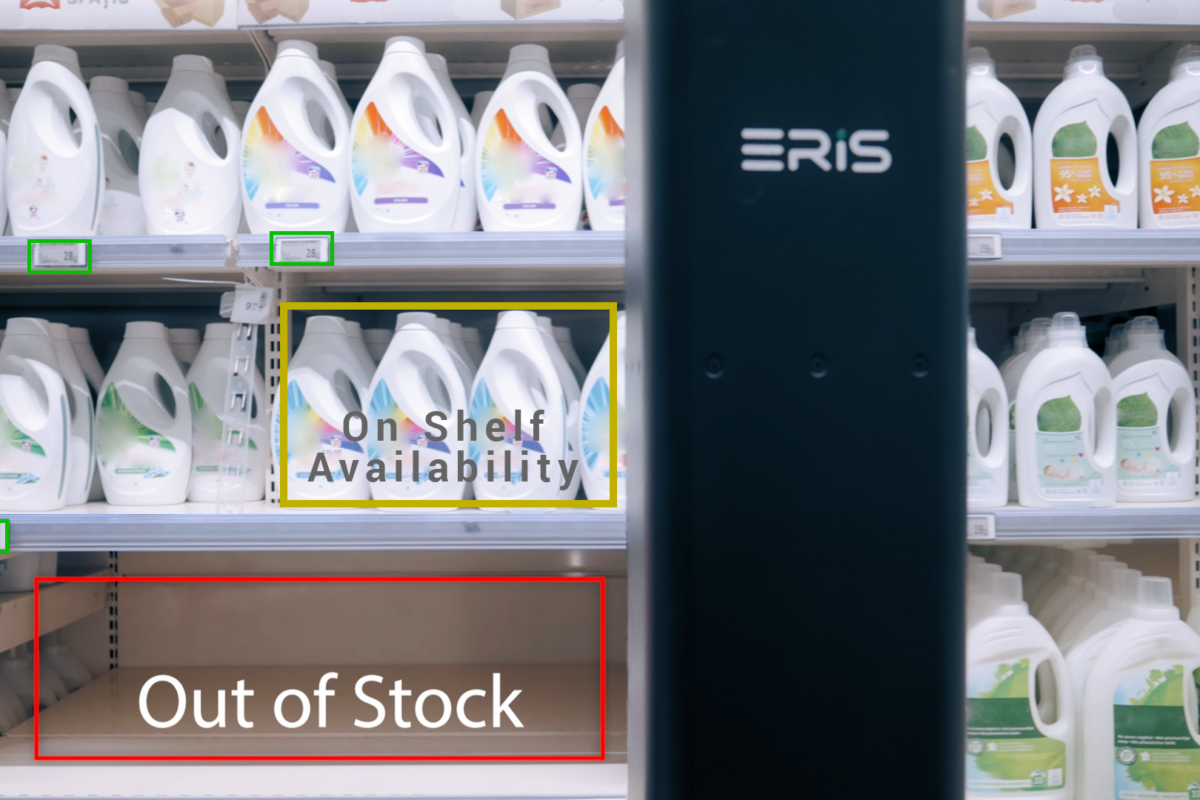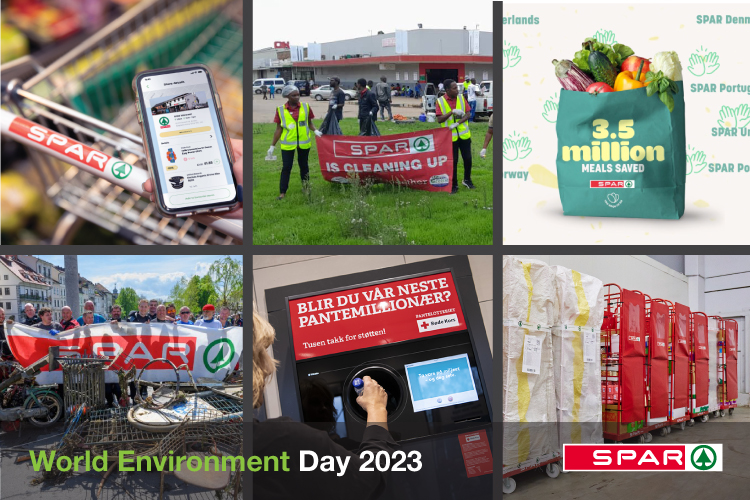Concepts that make virtual try-ons easier and reduce returns
by Katja Laska (exclusively for EuroShop.mag)
Customers love online shopping because it tends to be quick, convenient, and easy. Clothes are popular items that often end up in the virtual shopping cart but picking the right size isn’t always easy. More and more sizing guides help consumers to find the right fitting clothes and avoid cumbersome returns.
Returns – probably the most-hated word in the vocabulary of many online retailers. It makes booming online businesses look bad compared to their brick-and-retail counterparts. “Size-related returns are a huge problem that cause higher costs for retailers. At the same time, customers increasingly prefer to focus on sustainable fashion and want to reduce their environmental impact,” explains Leon Szeli, co-founder and CEO of Munich-based startup Presize. His Israeli peers at MySizeID take the same line. “The number of customers taking their shopping online has jumped through the roof. This also means a greater number of returns, which is why both customers and retailers need a size recommendation tool on their website to reduce returns and boost consumer confidence,” says Ronen Luzon, CEO of MySizeID. Fashion retailer bonprix likewise wants to minimize merchandise returns and relies on help from the Berlin-based startup Fit Finder. “The Fit Finder helps our customers to find the right size when they shop for clothes. At best, they no longer need to return items because they don’t fit. Since April 2020, we have seen a usage increase, which is especially helpful in light of the COVID-19 crisis, as the use of this tool can avoid unnecessary trips to the parcel service,” says Stephanie Murroni, Digital Product Manager at bonprix.
One priority, three approaches. What are the differences between these solutions?
Perfect size in no time?
“The perfect clothing fit with just one turn in front of a smartphone” – that is what Presize is all about. “Our solution gives retailers a way to reduce returns, increase conversion rates and make their business more sustainable,” says Szeli. The solution is a “button” that is embedded in the fashion store. “Retailers only need a fully-functioning online store and the desire to improve their profitability with digitization,” explains Szeli. The tool is also easy to use for customers. All they need is a smartphone with a camera. “Our solution recommends the perfect size once customers turn around one time in front of their smartphone while recording a video.” Users activate Presize in the online store, specify their gender, height, weight, age, and preferred fit ranging from “tight”, “regular” to “loose”. Next, they make a one-time 360-degree turn, while someone takes their video with the smartphone or by positioning the device to self-record. The program then renders a 3D model based on the video, calculates the user’s body measurements and an AI-algorithm recommends fitting sizes of clothing products. Customers can also do this via the app or right on the Presize homepage and receive a so-called Size-ID plus their personal body measurements. The sizing solution keeps customers updated about new partner stores.
In this video the founders tell more about Presize and how it works – the video is in german:
No need to ask, we will tell you?
The homepage says, “We don’t ask your shopper’s their size. We tell them their size.” MySizeID also uses a Size ID and smartphone, but explicitly does not require a camera. “Customers can use our patented non-invasive technology to get an ID,” explains Ronen. This solution can also be integrated into any e-commerce platform. “Retailers only need to provide the size chart for their apparel. If these charts are unavailable, our MySize fashion specialists can help create them,” says Ronen. Once the MySize widget has been integrated on the homepage, shoppers can receive size recommendations on different products. They will be asked to download the MySizeID mobile app, which quickly guides them through the measuring process. By comparing the size charts of the merchandise with the sizes of the shopper, the app then shows the appropriate apparel size for the specific brand item.
Question, identify, sell?
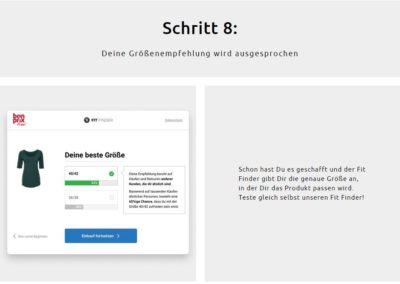
“You have already made it and the Fit Finder gives you the exact size in which the product will fit you. Test our Fit Finder yourself right now!” // ©bonprix/FitFinder
Fit Analytics offers its proprietary online size advisor “Fit Finder” and instructs retailers to “Solve Sizing. Sell Smarter”. Like the other solutions, it can be embedded in the product pages of online stores. Yet unlike the other solutions, it relies on a brief questionnaire. If the customer selects a product in the store, the “Fit Finder” helps to find the perfect fit by obtaining information about the person’s height, weight, body shape, bra size, age, preferred garment fit and the shopper’s favorite brands through a series of questions. Once completed, the Finder recommends the right size. The size recommendation also draws on anonymized shopping and return data from other customers. The self-learning algorithm analyzes data associated with previous shoppers, including the size they bought and whether they returned items.
Which of these methods promises the greatest success? Does size recommendation work best by using a questionnaire, camera, or non-invasive technology? Questions that customers must ask themselves to make the choice that best fits their needs. Online retailers can use consumer behavior, purchases, and – conversely – returned items to draw conclusions about their product selection and create ways to improve the customer experience. The three methods we highlighted in this article are only three of a multitude of available solutions on online shopping sites. The current pandemic has only accelerated e-commerce growth, which makes it likely that virtual try-ons are here to stay, and options will continue to expand. The use of artificial intelligence, self-learning algorithms and the management of big data in this sector to boost customer journey optimization are clear indicators that support this assumption.






